ICC T20 World Cup 2022: ICC Warns Teams To Be Aware Of New 'Playing Conditions' In The T20 World Cup 2022
Updated - 12 Oct 2022, 07:00 PM

The International Cricket Council (ICC) has advised the participating nations to be aware of the most recent changes made to the “playing conditions” before the T20 World Cup 2022.
Given the competitive nature of T20 cricket, the international cricketing body declared on Wednesday that the new rules at “match-defining” and “deciding moments” might be the difference between win and failure.
Changes In Playing Conditions May Become Match-Defining And Deciding Moments In Australia: ICC

“In a format of small margins, these changes (in playing conditions) may become match-defining and deciding moments in Australia,” cautioned ICC on their website.
The council said that there are five significant adjustments that teams, support personnel, and players should pay attention to during the competition.
Some of the adjustments to the playing rules that the ICC had published and that took effect on October 1 may come up for discussion in Australia are as follows.
1. Running out of the non-striker
Despite the fact that the method of dismissal has always existed, its pertinent portion in the game’s regulations has changed from the “Unfair Play” section to the “Run out” area. The adjudication of the dismissal is basically the same as a stumping would be at the other end, whether the non-striker backed up too far or was just out of position.
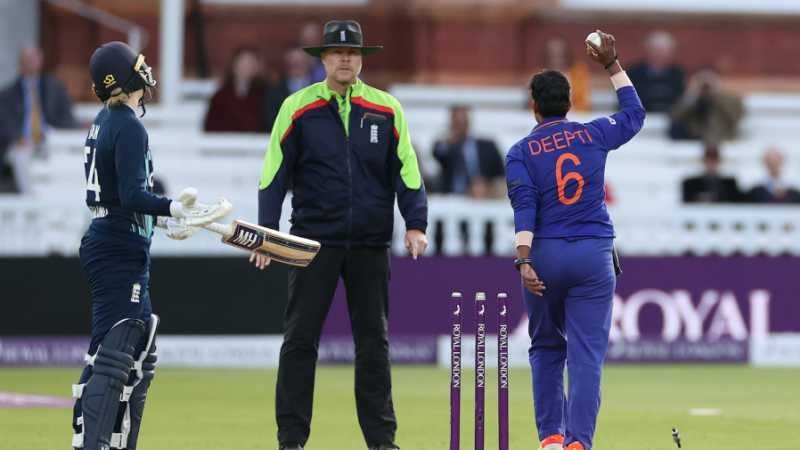
The third ODI at Lord’s included India’s Deepti Sharma “mankading” England batsman Charlie Dean, which drew strong condemnation from English players and commentators.
According to the ICC, “The debate around Deepti Sharma’s run out of Charlie Dean during India’s tour of England last month has thrown the spotlight on the law, with a number of England men’s players declaring they won’t attempt the dismissal.
To the letter of the law, England in this instance would be effectively conferring a competitive advantage on the opposition.”
2. The in-match over penalty
An additional fielder must be called into the fielding circle for the remaining overs of the innings if a fielding team fails to complete its overs by the specified cessation time. Teams are still getting used to the new modifications, even though they were made earlier in the year.
When the over rate is not kept during the death overs, we have witnessed bowling teams being obliged to deploy an extra player inside the ring. According to the ICC, matches may be decided by this adjustment since the batting team’s need for an additional fielder within the ring is critical.
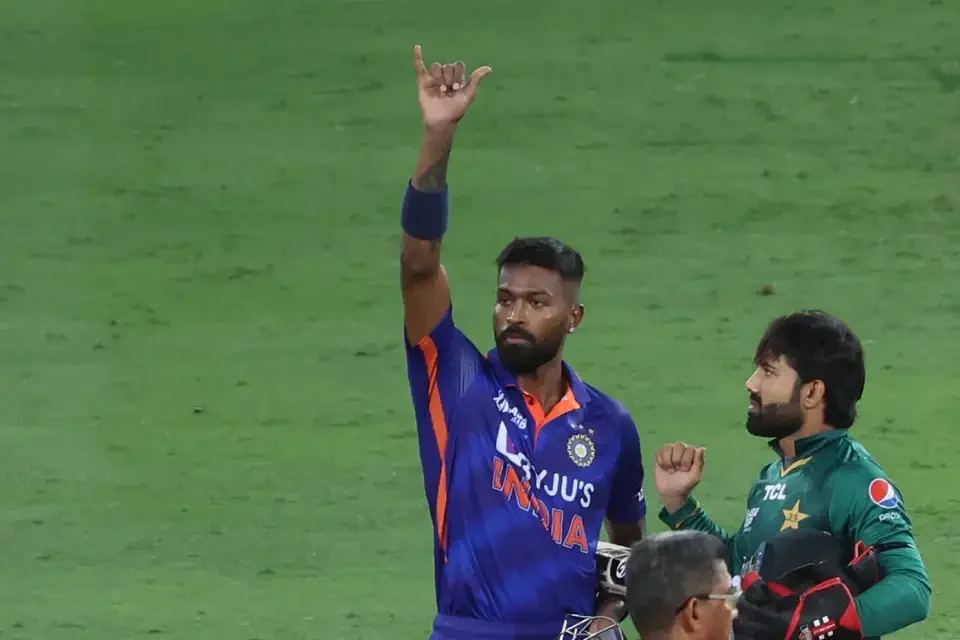
This was recently demonstrated in the opening match of the Asia Cup 2022 against Pakistan and India. Due to a sluggish over rate at the conclusion of the run chase, Pakistan was compelled to maintain an additional fielder within the circle as India won the match by five wickets.
The ICC cautioned that in a game with narrow margins, this may make all the difference and appears to be a suitable deterrent to not bowl overs promptly.
3. Batters returning when caught
Regardless of whether the batters crossed before the catch was made, when a batter is out caught, the next hitter will come in at the conclusion of the striker. Previously, if the batters crossed the plate before a catch was made, the next batter would be at the non-end striker’s and the non-striker would take the next pitch.
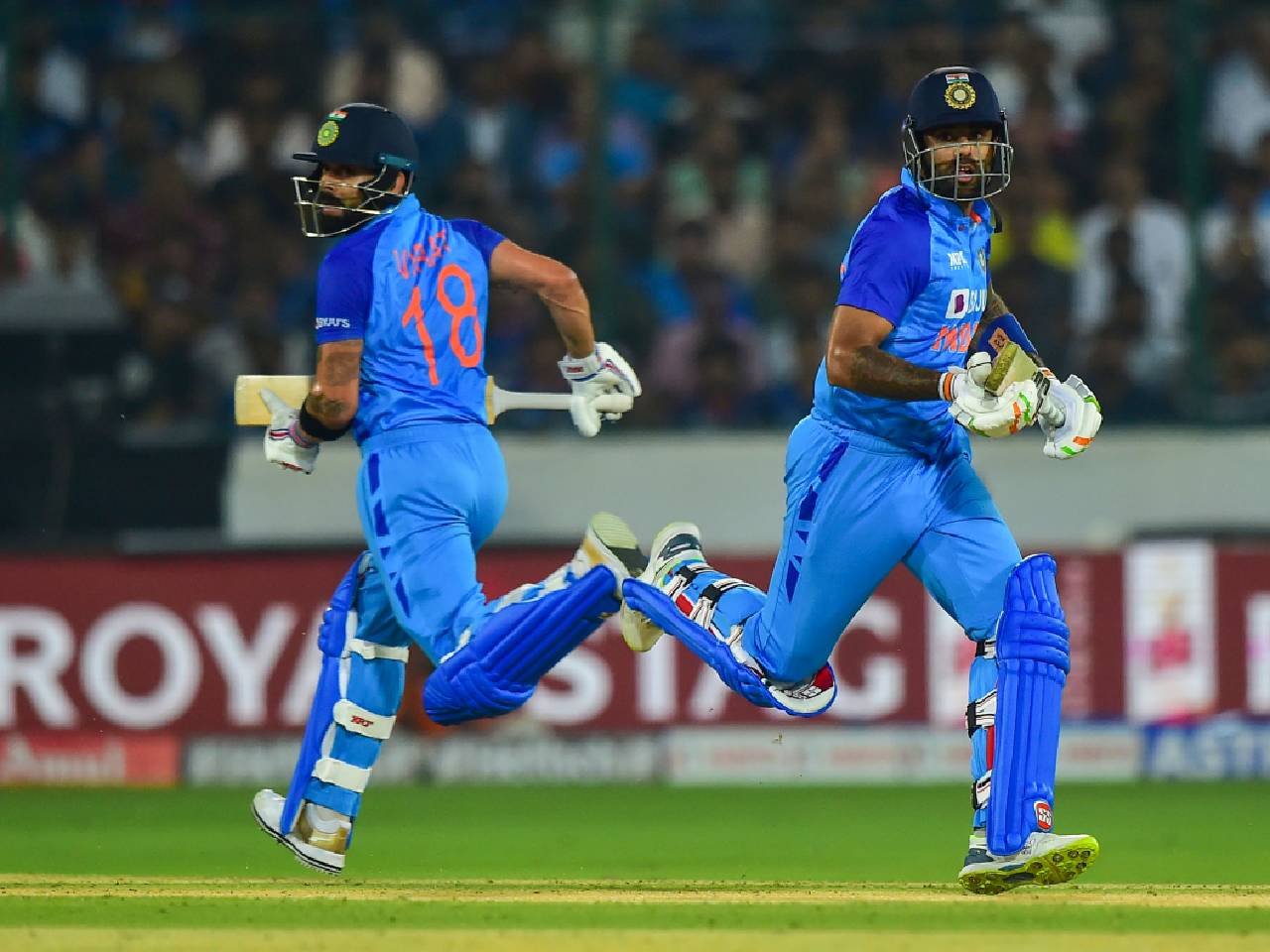
This might necessitate a change in strategy, according to the ICC, especially at the conclusion of the innings when a lower-order hitter joins a set top-order player at the other end.
The next batter will now always be the player on strike, although a catch dismissing the lower-order player in the past would have brought the set player back at the striker’s end for the following delivery.
4. Unfair movement by the fielding side
There are modifications to the punishment for players who break the law, even if the official stance on improper fielder movement has not altered. The umpire now awards the batting team five penalty runs in addition to declaring the delivery a dead ball for any movement that is judged unfair and intentional by fielders when a bowler is running in to bowl.
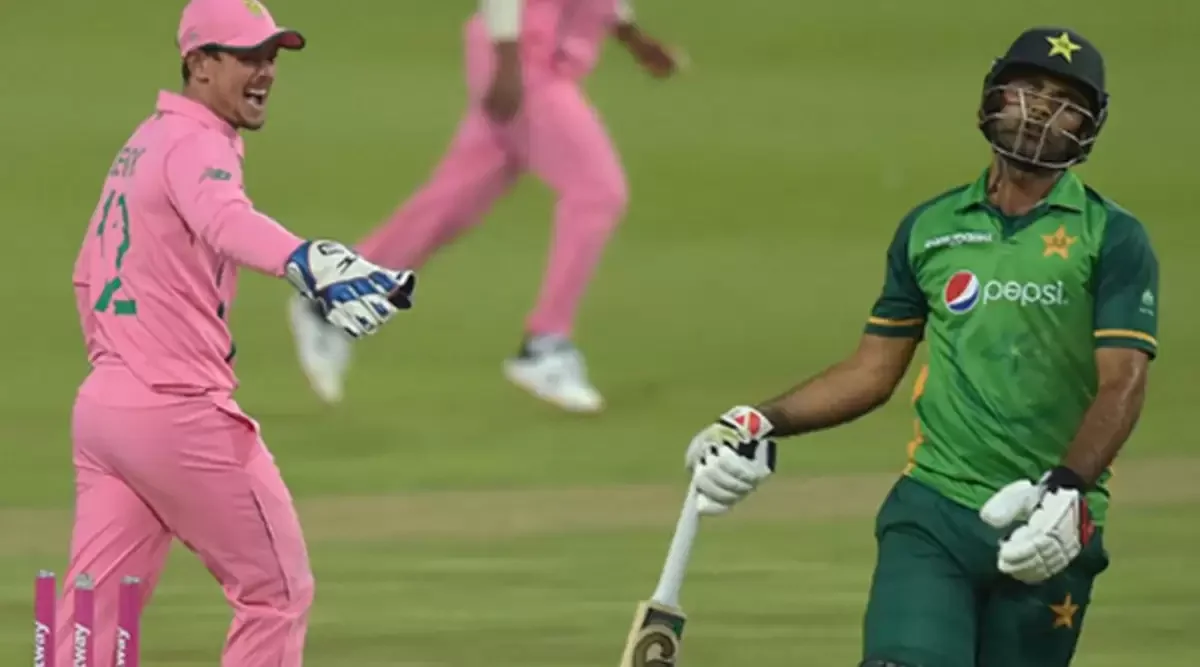
There are exceptions to this rule, with little changes and movement by the fielder in the direction of the striker being accepted as legitimate. It’s also important to remember that it is legal for a fielder to react to a pitch that a hitter is playing mid-delivery.
The 2014 ODI catch by Steve Smith against Pakistan serves as an illustration of this. According to the ICC, Smith saw Pakistani batsman Fawad Alam preparing to hit a sweep shot off a spin bowler but instead went across to leg slip from behind the wicketkeeper and made the catch.
5. The striker’s right to play the ball
Now, batters must keep a portion of their bat or themselves within the pitch. If they go over that, the umpire will indicate a dead ball and rule a no-ball. Any ball that would drive the hitter off the pitch would also be a no-ball.
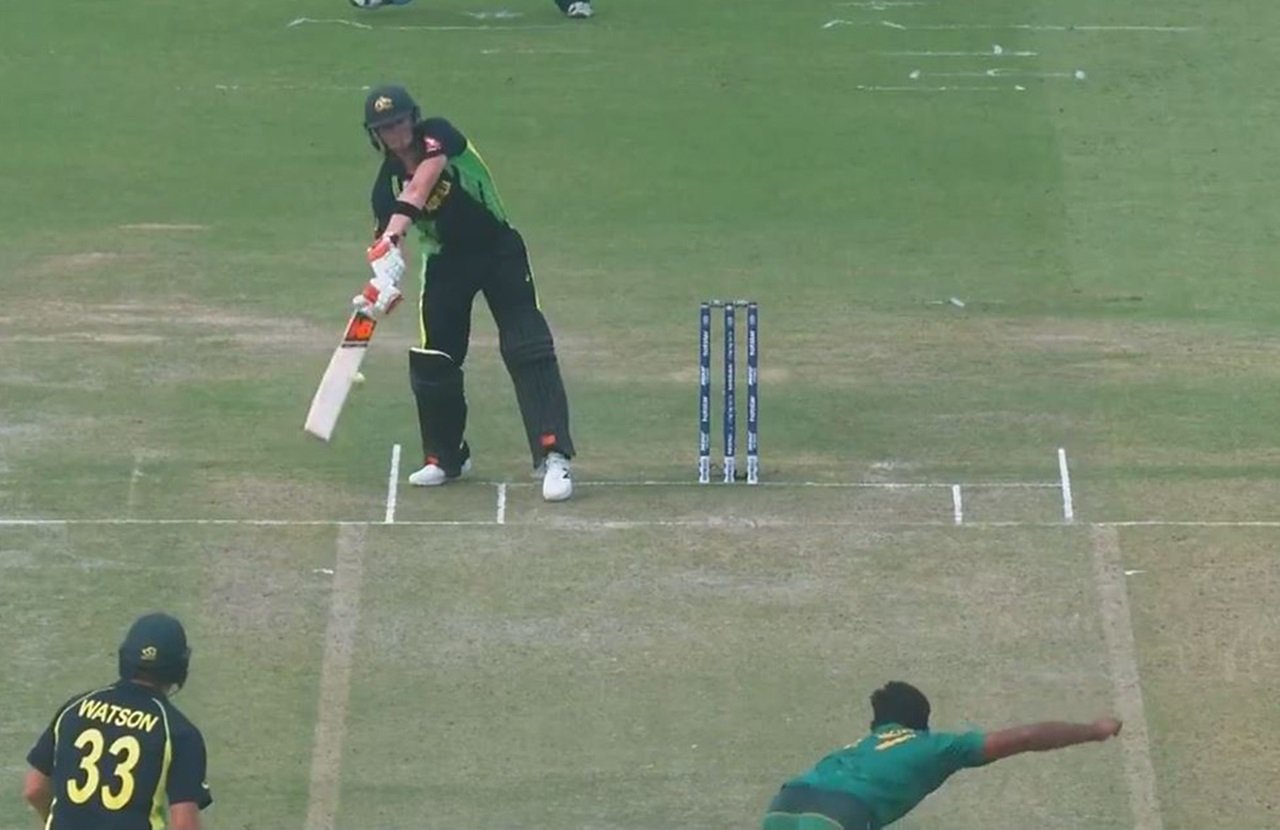
Even while it’s unlikely to occur at the T20 World Cup, there are a few possible scenarios where it may. For instance, a bowler trying their best to stop a world-class hitter could make an error in their variety and change-up attempts, which could cause the batter to try to leave the field to play the ball.
If this were to occur, the umpire would signal a no-ball and a dead ball would be declared, according to the ICC, resulting in a free hit on the subsequent delivery.
Tagged:
ICC ICC T20 World Cup 2022 International Cricket Council (ICC)







